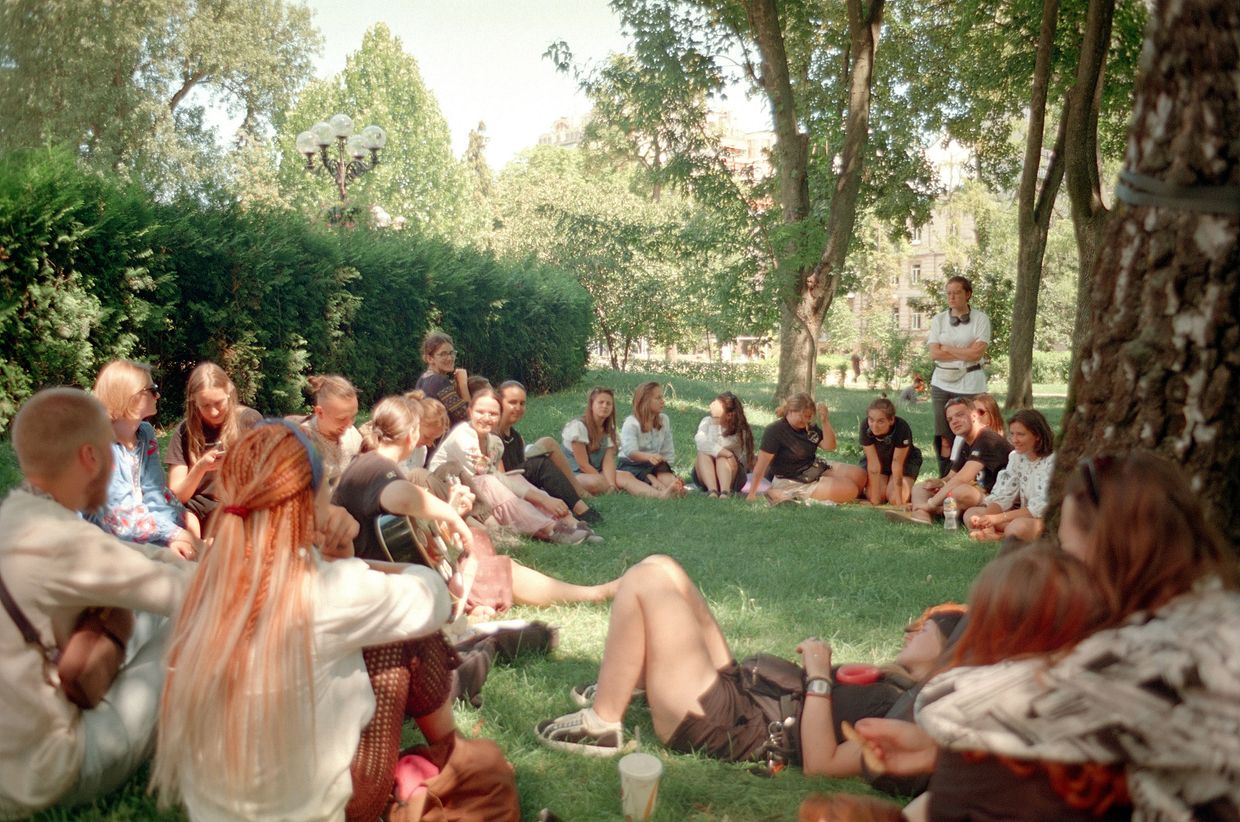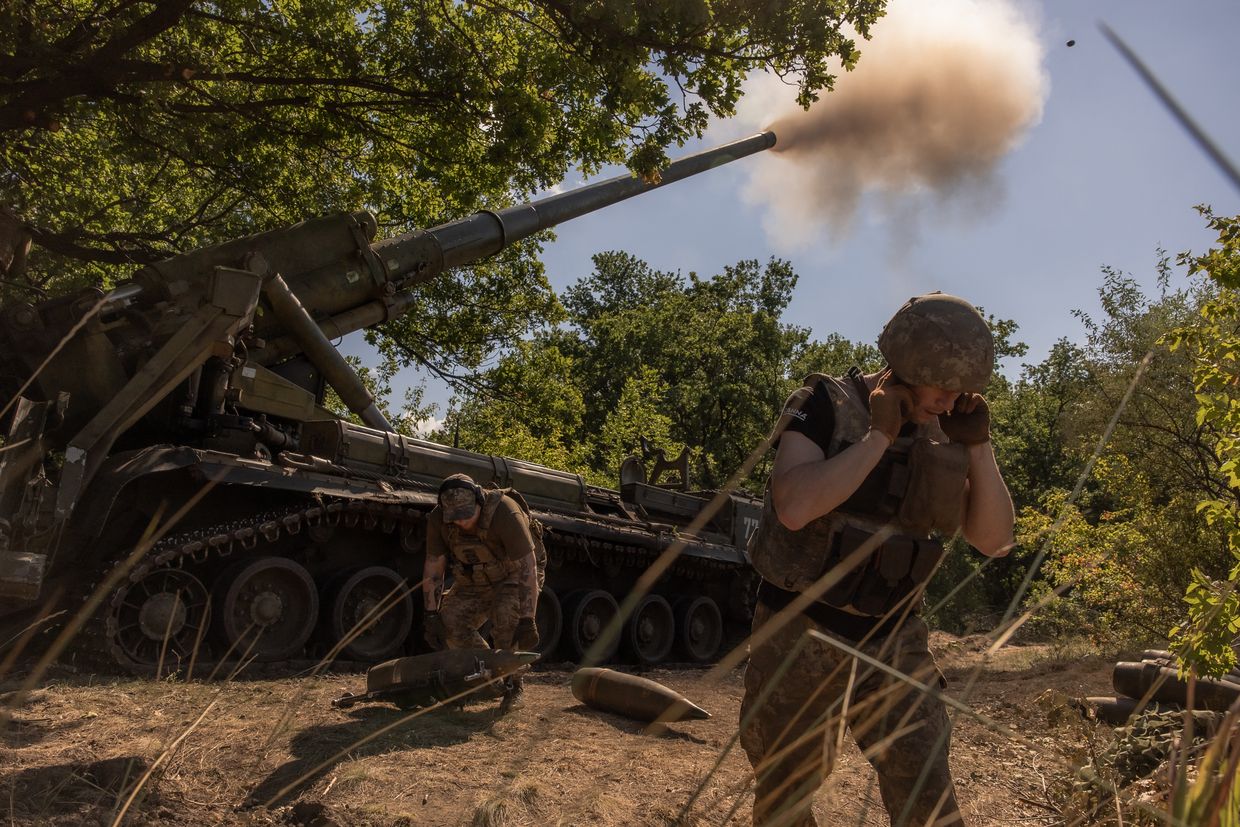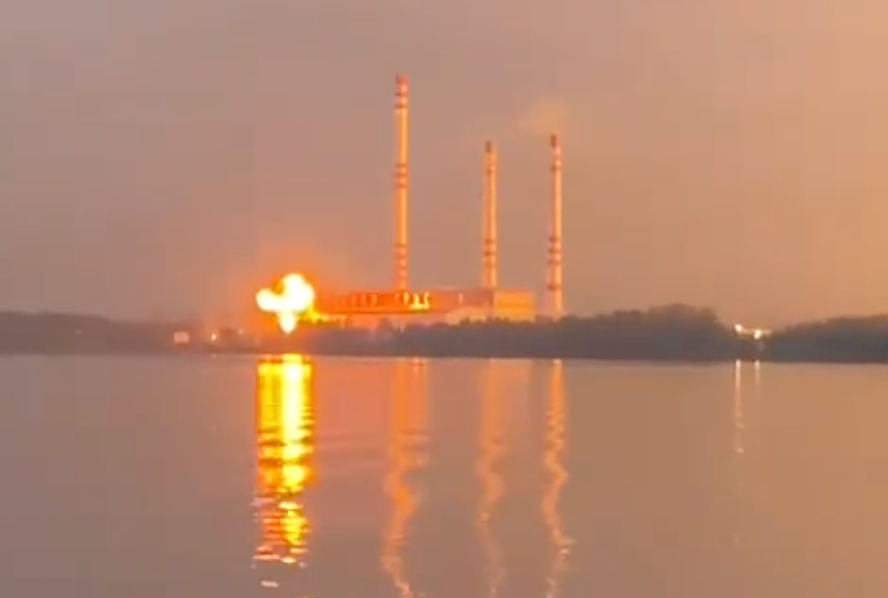Ukraine war latest: Russian missile attack on Poltava kills at least 51, injures 271

Key developments on Sept. 3:
- Russia strikes Poltava with ballistic missiles, killing at least 51, injuring 271
- Ukraine plans to 'indefinitely' hold Kursk Oblast's seized territories, Zelensky says
- Russian strikes damage overhead power line at occupied Zaporizhzhia Nuclear Power Plant, Energoatom says
- Norway pledges $53 million for drones, air defense for Ukraine
- Drone appears to drop molten thermite on Ukraine's southern front
Russian forces launched two ballistic missiles against the city of Poltava on Sept. 3, killing at least 51 and injuring 271 people, according to the latest information shared by President Volodymyr Zelensky.
The Military Institute of Communications and a neighboring medical facility were hit in the attack. The building of the educational institution was partially destroyed, Zelensky said.
"The time interval between the alarm and the arrival of the deadly missiles was so short that it caught people during an evacuation to the bomb shelter," the Defense Ministry said.
Many people remain trapped under the rubble, while rescuers and medics continue to work at the scene.

There were no ceremonies or other events near the military institute at the time of the Russian attack, Dmytro Lazutkin, Defense Ministry spokesperson, said on national television, refuting such unofficial claims.
According to the Defense Ministry, students were studying, and then followed to the shelter after an air raid alert went off, Lazutkin added.
Zelensky said he had instructed an operational investigation into the circumstances of the attack on Poltava. Ukraine's Ground Forces is conducting an investigation to determine "whether enough was done to protect the lives and health of the soldiers at the facility," the military said.
Poltava is a city of around 300,000, located in Poltava Oblast in central Ukraine. The city is situated around 120 kilometers (75 miles) from the border with Russia, and 230 kilometers (143 miles) from the eastern front.
The city and surrounding region are regular targets of Russian drone and missile attacks.
Ukraine plans to 'indefinitely' hold Kursk Oblast's seized territories, Zelensky says
Ukraine is planning to "indefinitely" hold the seized territories of Russia's Kursk Oblast as it tries to force Russian President Vladimir Putin to the negotiating table, President Volodymyr Zelensky said in an interview with NBC News aired on Sept. 3.
He described the Kursk operation as one of "the stages to end the war," saying it is related to Ukraine's second peace summit. "For now, we need it," he said, referring to the seized territories in Russia.
As Kyiv's incursion into Kursk Oblast enters its fourth week, Ukraine reportedly controls over 1,290 square kilometers (500 square miles) and 100 settlements, Commander-in-Chief Oleksandr Syrskyi said on Aug. 27.
Ukrainian soldiers also have reportedly taken over 600 Russian captives.
The Kyiv Independent could not verify these claims.
"We don’t need their land. We don’t want to bring our Ukrainian way of life there," Zelensky said in the interview.
Ukraine's president reiterated that captured territories during the ongoing Kursk operation are part of Kyiv's "victory plan," which he wants to present to the U.S. in September.
The other items include Ukraine's participation in the global security infrastructure, pressuring Russia to end the war through diplomatic means, and an economic aspect, Zelensky said in late August without revealing any details.
Zelensky refused to say whether Ukraine plans to seize more Russian territory.
Moscow has redeployed about 30,000 of its troops from other sectors to the Kursk direction, "and this number is growing," Syrskyi said on Aug. 27. At the same time, Russia deployed its most combat-ready units in the Pokrovsk sector, which has been the scene of fierce fighting for several months.
Russian strikes damage overhead power line at occupied Zaporizhzhia Nuclear Power Plant, Energoatom says
Russian attacks have damaged one of the two overhead power lines at the Russian-occupied Zaporizhzhia Nuclear Power Plant, the state nuclear energy company Energoatom reported on Sep. 3.
The plant was damaged the day before and is currently receiving power from the Ukrainian power grid, according to the agency.
The Zaporizhzhia Nuclear Power Plant, the largest nuclear plant in Europe, has been under Russian occupation since March 2022. Throughout its occupation, the plant has been repeatedly disconnected from the Ukrainian power grid due to Russian attacks on the country's energy infrastructure.
"In case of damage to the second power line, an emergency will arise due to the loss of external power supply to the pumps that cool the reactor cores and the Zaporizhzhia Nuclear Power Plant's fuel pools," Energoatom warned.
Ukrainian specialists are not yet able to inspect the damage and begin repairs, as there is a threat of repeated shelling by Russian troops, according to Energoatom.
The news came amid International Atomic Energy Agency (IAEA) chief Rafael Grossi's 10th visit to Ukraine. Grossi announced on X that he was heading to the Zaporizhzhia Nuclear Power Plant to "continue IAEA's assistance and help prevent a nuclear accident."
The nuclear safety situation at the Russian-occupied Zaporizhzhia nuclear plant is "deteriorating" after reports that a drone struck the road near the facility's perimeter, the International Atomic Energy Agency (IAEA) reported on Aug. 17.
The IAEA team said that the drone hit did not cause any casualties or damage to plant equipment but said military activity near the ZNPP has been "intense" in recent days.
The reported drone strike and Russia's allegations come as Moscow continues to spread claims that Ukrainian forces are planning to attack the Kursk Nuclear Power Plant as part of their incursion into the border region along with attacks on the ZNPP.
Norway pledges $53 million for drones, air defense for Ukraine
Oslo contributed 570 million Norwegian kroner (around $53.3 million) to purchase more drones and air defense systems for Ukraine, the Norwegian government announced on Sept. 3.
The donation is made through the London-led International Fund for Ukraine (IFU) in cooperation with the U.K., Lithuania, and the Netherlands. Norway has previously contributed a total of $168 million to the IFU since 2022.
The tranche includes drones and air defense to protect Ukraine's population and infrastructure from Russian attacks, according to the statement.
"Ukraine has an urgent need for more military equipment to protect itself against the Russian war of aggression. Together with other countries, Norway will do what we can to contribute," Norwegian Defense Minister Bjorn Arild Gram said.
Norway has ramped up efforts to increase defense production, both for domestic needs and to aid Ukraine. Oslo announced a new package of military aid for Kyiv in late May worth around $190 million.
Ukraine's President Volodymyr Zelensky and Norwegian Prime Minister Jonas Gahr Stoere also signed in May a bilateral security agreement. According to the deal, Oslo pledged to provide Ukraine with at least $1.3 billion in military aid in 2024.
Drone appears to drop molten thermite on Ukraine's southern front
Video footage emerged online on Sept. 2 showing what appeared to be a drone raining down fiery, white-hot metal on unseen soldiers hidden in a tree line.
The drone hovers, and slowly, methodically, 'breathes' a stream of fire, tentatively identified as molten thermite, up and down the hidden positions.
Both Russian and Ukrainian Telegram channels have claimed that their countries are responsible for the new drone innovation.
The Ukrainian military-focused media outlet Defense Express wrote that the drone had been deployed by Ukraine's 108th Territorial Defense Brigade, adding that the video was taken near the village of Ukrainske, Zaporizhzhia Oblast.
Other open-source intelligence outlets have repeated those claims, which the Kyiv Independent cannot verify.
Thermite weapons disperse thousands of tiny pieces of molten metal burning at temperatures that exceed 2,000 degrees Celsius, which means that it can melt through some armored vehicles.
Russia has deployed similar incendiary weapons, such as the banned white phosphorus bombs, from very early on in the full-scale war.
Ukraine has also reportedly used drones equipped with thermite munitions, which were dropped on Russian positions or armored vehicles.
Thermite and other incendiary weapons can cause devastating injuries.
















